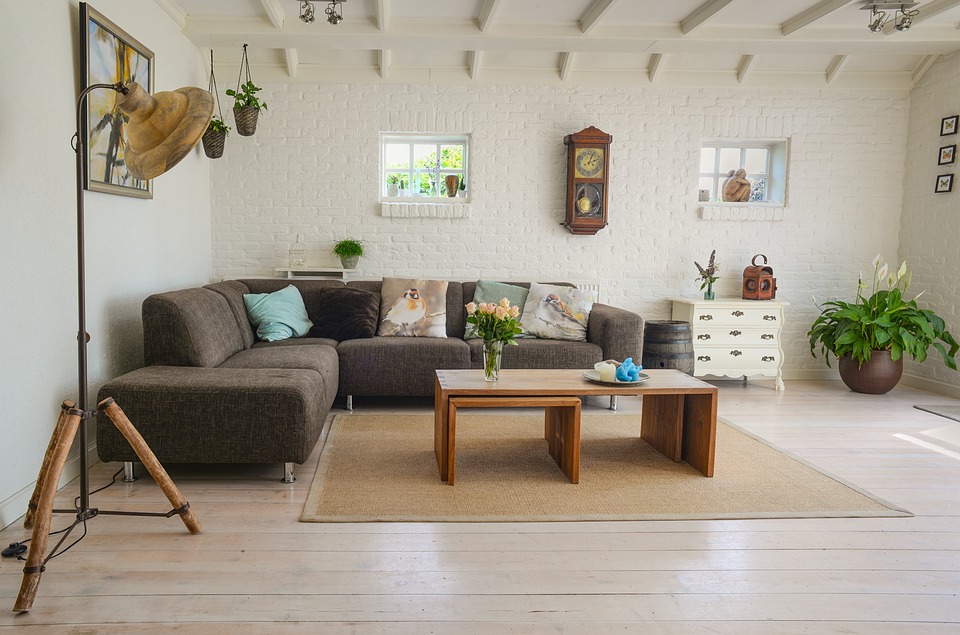In the rapidly evolving technological landscape, home automation systems have emerged as an inviting frontier for homeowners looking to enhance convenience, security, and energy efficiency. If you’re a beginner intrigued by the idea of automating your home but unsure where to start, this guide is tailored for you.
What is Home Automation?
Home automation refers to the integration of technology into household systems to allow for centralized control of various functions and improve the overall quality of living. This can include anything from lighting and heating to security systems and appliances, all manageable via smartphones, tablets, or centralized hubs.
Key Components of Home Automation Systems
-
Smart Devices: The backbone of home automation. These devices include:
- Smart Lights: Adjustable and programmable light fixtures that can be controlled remotely.
- Smart Thermostats: Learn your heating and cooling preferences to optimize energy consumption.
- Smart Security Cameras: Provide remote monitoring and alerts for unusual activities.
- Smart Locks: Allow secure entry via smartphones, offering keyless access.
- Smart Appliances: Devices like refrigerators, ovens, and washing machines that can be monitored and controlled remotely.
-
Central Hub: This is the brain of your home automation system. Popular hubs like Amazon Echo, Google Nest, and Samsung SmartThings enable different devices to communicate with each other. They can manage multiple devices across different brands, creating a cohesive system.
-
Mobile Apps: Most smart devices come with companion apps that allow you to control them directly from your smartphone. These apps often provide additional features like scheduling and automation.
- Protocols: Home automation devices may use different communication protocols such as Wi-Fi, Zigbee, or Z-Wave. Understanding these will help you choose compatible devices.
Benefits of Home Automation
- Convenience: Control multiple aspects of your home from a single device.
- Energy Efficiency: Optimize usage of electricity and gas with smart devices that adjust consumption based on patterns or schedules.
- Enhanced Security: Increase security with remote monitoring and alerts from smart locks and cameras.
- Customization: Tailor settings to fit your lifestyle, whether dimming lights for movie night or adjusting the thermostat before you get home.
Getting Started
-
Define Your Needs: Consider what aspects of your home you want to automate. Is it security, lighting, or efficiency? Start small to avoid overwhelm.
-
Research Compatible Devices: Look for smart devices that work with the central hub you choose. Popular options include:
- Amazon Alexa: Extensive device compatibility.
- Google Assistant: Integrates with Google services and a wide range of devices.
- Apple HomeKit: Great for Apple users, focusing on privacy and security.
-
Install your Hub: Set up your central hub according to the manufacturer’s instructions. This often includes connecting to Wi-Fi and downloading the associated app.
-
Add Devices: Begin integrating smart devices one at a time, following the app’s guidelines for connectivity.
- Create Routines: Most apps allow you to set routines that automate multiple actions with a single command. For example, a "Good Night" routine could lock the doors, turn off all lights, and adjust the thermostat.
Challenges to Consider
- Cost: Home automation can require a significant upfront investment, especially if you aim to equip multiple areas of your home.
- Technical Glitches: Like any technology, smart devices may experience connectivity issues or require updates.
- Privacy: Smart devices can pose privacy risks as they often collect user data. Always check privacy features and settings.
Future Trends
As technology advances, the future of home automation looks promising with developments in artificial intelligence, increased interoperability between devices, and greater emphasis on sustainability. Services will likely become more personalized, learning from user behaviors to provide tailored experiences.
Conclusion
Embarking on your home automation journey can be exciting! Start small by assessing your needs and gradually expanding your system. With the right components and careful planning, you can create a smart home that enhances your lifestyle while providing convenience, security, and energy efficiency. Happy automating!



